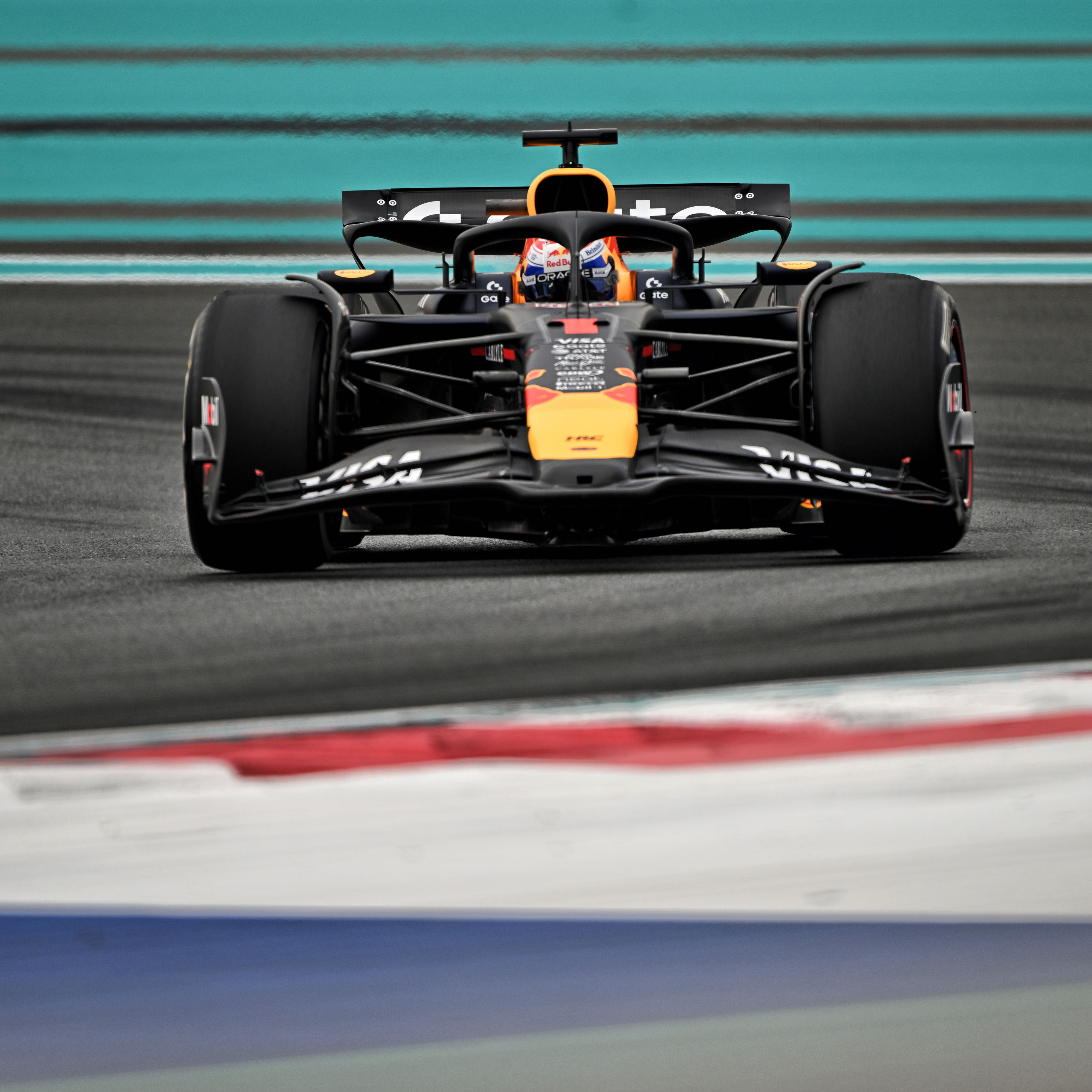Reasons for Renna crash remain unclear.
Despite a comprehensive review of Tony Renna's fatal accident at Indianapolis Motor Speedway two months ago, Indy Racing League officials have admitted that the reasons for the crash remain uncertain.
Renna suffered fatal injuries in a turn three accident during tyre testing on 22 October. He was turning his first laps for Target Chip Ganassi Racing, having signed to partner former Indy Lights team-mate - and new IRL champion - Scott Dixon in 2004.
Despite a comprehensive review of Tony Renna's fatal accident at Indianapolis Motor Speedway two months ago, Indy Racing League officials have admitted that the reasons for the crash remain uncertain.
Renna suffered fatal injuries in a turn three accident during tyre testing on 22 October. He was turning his first laps for Target Chip Ganassi Racing, having signed to partner former Indy Lights team-mate - and new IRL champion - Scott Dixon in 2004.
The combined data from various technical resources provided IRL officials with some insight into what happened during the crash, but could not produce a 100 per cent conclusion as to why it occurred. According to officials, there are many unknown possibilities that could have contributed to the cause of the accident.
The review focused on why the car became airborne, and what happened to the car during the accident, and, while the cause of the accident is unknown, the investigators were still able to gather valuable information.
"The goal of an Indy Racing League accident review is to learn as much as we can about what happens during a crash - not necessarily why a crash happened," said VP of racing operations Brian Barnhart, "The League focuses on what happens during the crash, because that is where we learn more about chassis integrity and other safety initiatives.
"The review of this accident was more difficult and prolonged because it was a private test. Although we are confident that we've pieced together what happened during the accident, it appears that we will not know why the crash started. That is the frustrating part of this effort."
The accident review revealed that Renna's car entered turn three at 227mph and, at a point just past the apex, went into a 90-degree spin to the left, running onto the infield grass. The car then began to skip through the grass as it travelled sideways, allowing air to get underneath the car and lift it clear of the surface.
While airborne, the car spun approximately another 30 degrees to the left, travelling back across the track and making contact with the debris fence on the outside retaining wall. League officials said that it appeared that the most significant damage - and resulting fatal injuries - were caused when the bottom of the car made direct contact with one of the debris fence support posts, which form an integral part of the Speedway's fence system.
According to the report, the spectator debris fences worked as designed but, because Renna's car struck the fence and not the wall, it did not impact the Speedway's SAFER Barrier. Officials said the car's speed was in the normal range of other accidents at the Indianapolis Motor Speedway in the last few years.
"The IRL continues to review all race incidents during the year to evaluate safety, but each individual accident usually has a unique set of variables," Barnhart said.
League officials were able to download all the data from the ADR2 accident data recorder, which is fitted to every IRL car. The ADR2 can record vehicle parameters at 1000 samples per second just prior to, during and after an accident-triggering event. The system records data from both of the vehicle's internal sensors, as well as information from the car's on-board data acquisition system.
The Ganassi team's research data device, which was damaged in the incident, had to be sent to the manufacturer for data retrieval, and that information was returned to the IRL to be analysed. The device contains all suspension-related information.
As the car entered turn three, all the data indicated that there had been no mechanical failure on any of the car monitored by sensors. However, while the data acquisition systems are comprehensive, there are other elements of the car unable to be tracked by the systems. Because of this, it is impossible to completely rule out mechanical failure as a cause of the accident.
"The list of items on a car that can fail, and that aren't monitored by sensors, is significant," Barnhart explained, "Several of those failures could cause a crash. In addition, unforeseen factors can also come into play and contribute to the cause of the accident."
The ADR2 system also allows officials to retrieve data from an earpiece sensor system that measures dynamic forces to a driver's head during an accident, using small sensors integrated into the left and right radio earpieces worn by IRL drivers.
"Tony Renna was an experienced and talented race driver, doing his job and trying to achieve maximum speed from his car," Barnhart said, "He was highly respected by his peers and was a young, rising star in the Indy Racing League. He will be missed."
The Renna family has been informed of the investigation's findings.
"We appreciate the due diligence of the League and their investigation," the family said in a statement.










